Power Platform Solutions
As a dedicated Power Platform Partner, we leverage Microsoft's Power products to build solutions that accelerate better outcomes for your business, your users and your customers. We simply help companies leverage their data better. Our team of Power Platform consultants can help you enable rapid innovation by seamlessly connecting data sources from Office 365, Dynamics 365, Azure, and more, to provide end-to-end Power Platform solutions. Ask us how we can help you automate processes, enhance with AI & visualise data.


What is the Microsoft Power Platform?
Microsoft's Power Platform is the family name for five Microsoft cloud services – Power Apps, Power Automate, Power BI, Power Virtual Agents and Power Pages. In combination, they are designed to enable organisations to expose, integrate, automate and analyse their business processes.
Power Platform Use Cases
With Power Platform, you will have the ability to create, design and build business apps and portals, automate your processes, and report fluidly on data across an organisation in a fully visual format.
The Power Platform is designed to enable the people who use these insights to get the data themselves, without requiring specialist development knowledge, or tasking their IT team to build a solution in-house.
Connect with a Power Platform consultant today

Why is Microsoft Power Platform important?
Microsoft Power Platform is important for your business because of the innovations it could bring through efficiency, modernisation and integration across all your business systems.
Your business needs the Power Platform to remove the use of Microsoft Excel (in places where it shouldn't be!) and bring in applications made to measure, filling the gaps in your organisation.
The benefit to your organisation, users and customers would be huge - the time saved and interconnectivity between your applications would mean happy staff delivering better service to your customers.

Built on Microsoft Azure
Azure is Microsoft’s massively scalable and secure cloud platform. Beyond hosting, Azure offers a wide range of additional services – like AI – which Power Apps, Power Automate, Power Pages and Power BI can build on.
By utilising Azure data sources, you can connect to a whole host of different locations and gain the benefit of doing so.
Azure also boosts Virtual Agents capabilities by adding more complex customisation options using the Bot framework. You can engage your developers and extend your use of the Power Platform through Logic Apps and Azure Integration Services, an iPaaS (Integration Platform as a Service) provided by Microsoft.
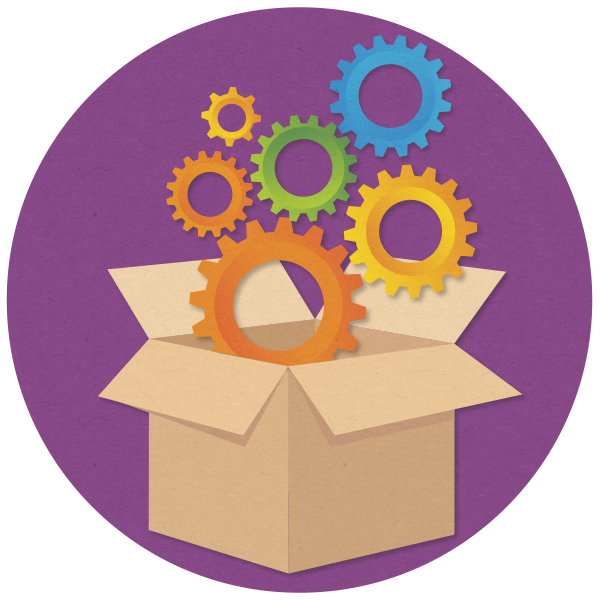
Integration out the box
Other low code development platforms, RPA and BI tools are available – but the combination you choose could be unique – making the integration between them something you would have to maintain.
The Power Platform sits on top of Microsoft Dataverse (formerly known as the Common Data Service). The integration between Dataverse and the solutions within the Power Platform is seamless and fluid.
Book a free Discovery Call and understand your options
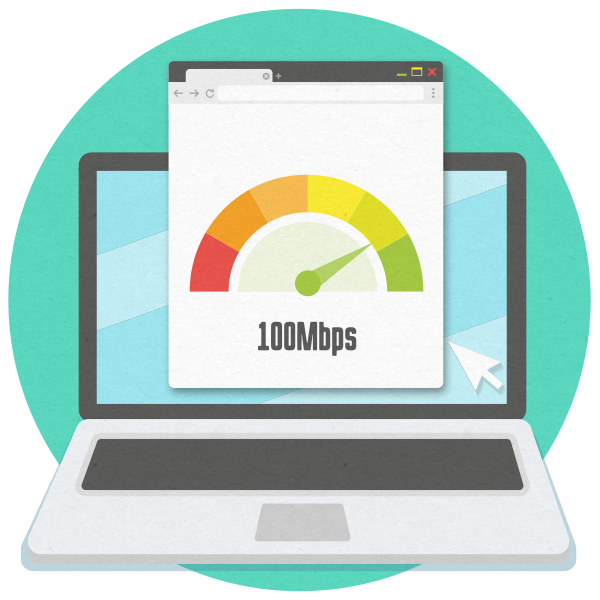
Fast development
The Power Platform gives us the ability to get to a proof of concept really quickly. Because of the low-code element to building in the Power Platform, our experts can use the functionality available to create solutions more easily.
We can trial a product and solution for you and your team, demonstrate the success and tailor it as required and then roll out more widely.
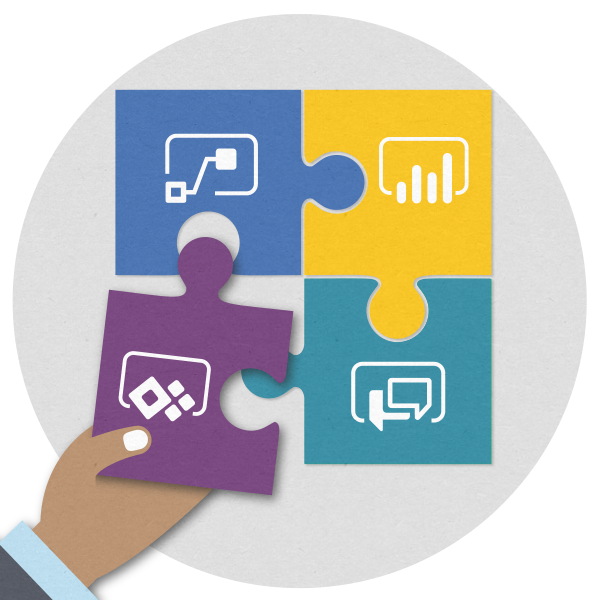
Familiar look and feel
As the Power Platform products are created and developed by Microsoft, they all feel familiar and fit together like a jigsaw, which speeds up adoption for your users.
The every day familiarity of Word, Excel, and Outlook can be seen across the Power Platform products. Even the licensing fits into the wider Microsoft 365 scheme.
You can book a licensing consultation with one of our experts today to get a feel for how the Power Platform could fit in your business plans.

What are the benefits of the Power Platform?
We are huge fans of the possibilities the Microsoft Power Platform provides. That's why we committed ourselves to becoming the UK's first dedicated Power Platform provider.
Your business has outdated processes, manual workarounds and areas of improvement to be made. The potential of the Power Platform is enormous to any business, with its variety of applications and solutions.
The benefits of Power PlatformRequest a free licensing consultation with our team
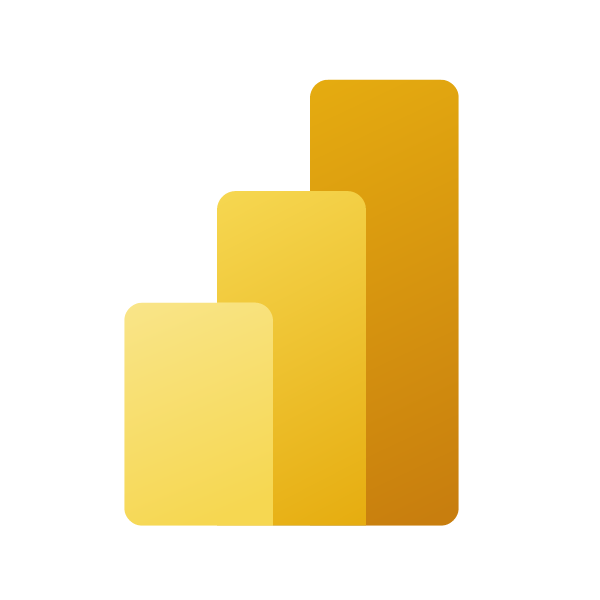
Power BI
Microsoft Power BI is fast becoming the de facto standard tool that businesses use to help visualise the performance of their business.
Power BI is a business analytics tool that helps organisations move beyond retrospective reporting of outcomes to analysis of the underlying issues and the actions required to resolve/improve.
We’ve designed Power BI dashboards for all sorts of customers including:
- Food manufacturing
- Industrial manufacturing
- Retailers
- Accountancy firms
- Legal firms
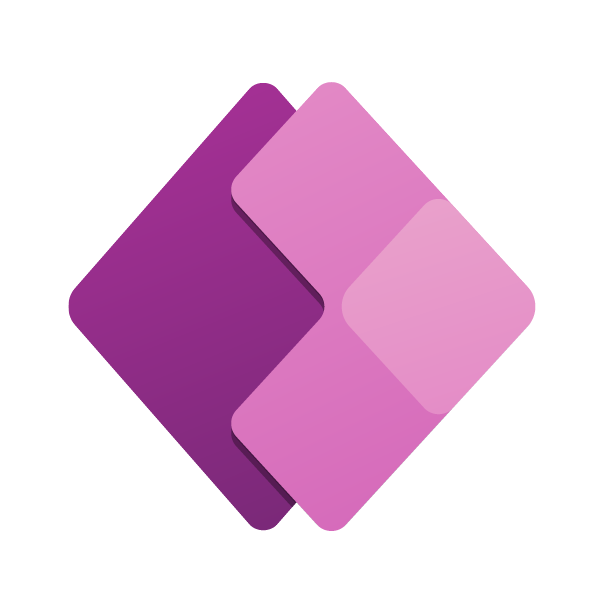
Power Apps
Power Apps is a ‘low code’ application development platform (find out more about low code development here). Power Apps enables good developers to do great work more quickly by keeping them out of the weeds of development, enabling them to focus on the things that are important – the business process and user experience.
More importantly, Power Apps provides a consistent environment for all such custom development within your business – saving you from the cost and pain associated with having a myriad of different solutions built on different platforms.
Power Apps allow you to quickly build apps to better support business processes, use a large number of pre-built connectors – from Accumatica to Zendesk, deploy across desktop, phones and tablets and more!
Read more about Power Apps
Power Automate
Microsoft Power Automate (formerly Microsoft Flow) is a cloud-based service where users can create and automate workflows, streamline business processes, and transform monotonous every-day tasks into simple background procedures.
Workflows can be scheduled to run at selected intervals, triggered manually, or triggered automatically by an action, like the creation of a file or the receipt of an email.
The pre-built connectors harnessed by Power Apps and Power BI are available to Power Automate too, allowing everything from simple 1-to-1 integrations to expansive, complex business workflows with branching conditions and multiple integrations.
Read more about Power Automate
Power Virtual Agents
Microsoft Power Virtual Agents gives you the ability to create bots that can answer questions from your employees, your customers or users of your website. It allows them to self-serve, vastly reducing the time needed from your customer services, HR or sales teams.
Power Virtual Agents has been used to provide sales/service information, employee holiday allowance queries and opening hours for your shops. These are only a select few of the many possibilities Virtual Agents could provide.
Read more about Virtual Agents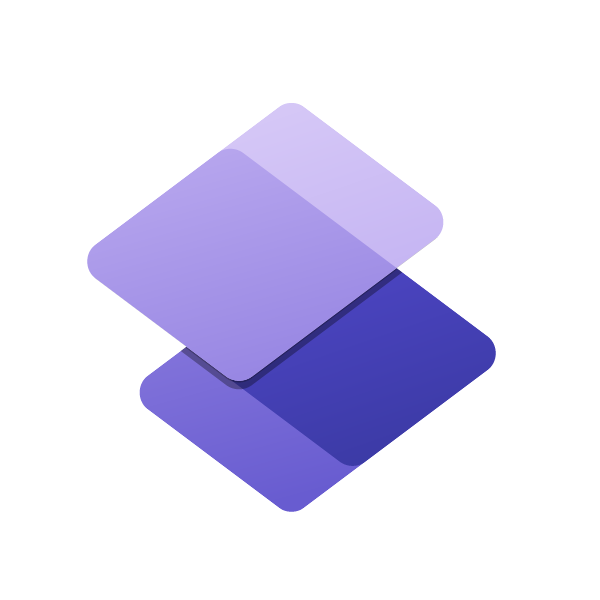
Power Pages
Microsoft Power Pages is Microsoft's answer to low code, secure website building. Create your own websites containing information pulled from the Dataverse, utilising the other Power Platform products at the same time.
Use pre-created templates to quickly create and publish websites to suit all of your needs. Examples include websites used for monitoring COVID-19, as well as universities and even travel agencies booking holidays for their customers.
Read more about Power PagesRequest a demonstration of the Power Platform

Power Platform Licensing and Pricing
The Power Platform is licensed per application used. Dependant on the application, the licensing model could be 'per conversation' (such as Power Virtual Agents) or 'per flow' (such as Power Automate).
You can read more about the individual licensing requirements for each of the Power Platform products by using the links below:
- Power Apps licensing
- Power BI licensing
- Power Automate licensing
- Power Virtual Agents licensing
- Power Pages licensing
- Dataverse licensing
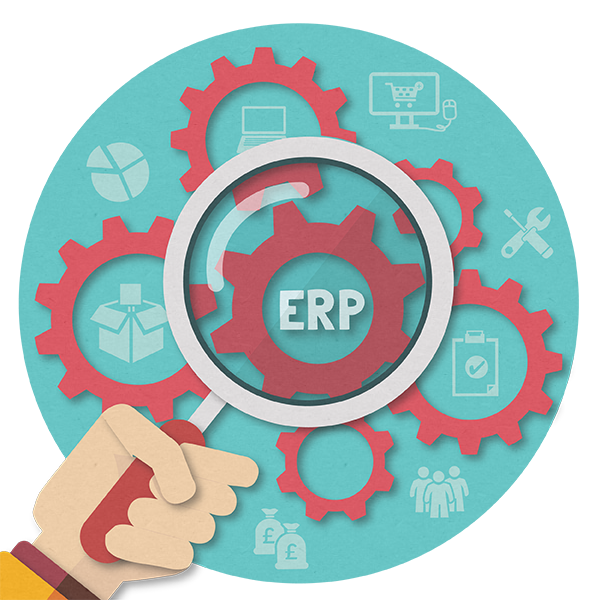
Integration with your ERP
The Power Platform allows for seamless integration with many common ERP systems thanks to pre-built connectors. These include Dynamics 365 Business Central, Salesforce, SAP, and more!
Actions in your Enterprise Resource Planning system can initiate Flows, allowing you to improve existing processes, save time and money on complicated training, and allow simple integrations.

What is Dataverse?
Microsoft Dataverse (formerly known as the Common Data Service or CDS) is a database stored in the cloud that holds business information. Here, you can manage the data related to your business and allow it to be passed around into the applications that need it.
Your ERP can integrate with Power Apps, Power BI and more, with all the important data shared by the applications in one place. This is secured by Microsoft, who continuously fund the highest levels of protection possible.
More on the DataverseMicrosoft Power Platform FAQs
Does my data have to be in Dataverse?
If you want to create Model-driven Apps, you need to use Dataverse. For everything else, Dataverse is optional.
What Power Platform connectors are available?
Examples of ERP connectors include: Salesforce, SAP, Dynamics NAV, Dynamics 365 Business Central, Dynamics 365 Sales Insights, Dynamics 365 Customer Insights, Dynamics 365 for Finance and Operations, Dynamics 365 Customer Voice, Commercient, Impexium
Examples of non-ERP connectors include: Bitbucket, Jira, Slack, Trello, Zendesk
What’s the difference between standard and premium connectors?
It is a matter of pricing/licensing. Standard connectors are available to users with an Office 365 Licence (the ‘free’ plan), whereas premium connectors require users to purchase a per-user or per-app/per-flow plan.
How does Power Platform licensing work?
The various products in the Power Platform have individual forms of licensing. Please choose each of the options below to read more about their individual licensing options:
- Power Apps licensing
- Power BI licensing
- Power Automate licensing
- Power Virtual Agents licensing
- Power Pages licensing
- Dataverse licensing
Alternatively, you can download Microsoft's Power Platform licensing brochure here.
.png)